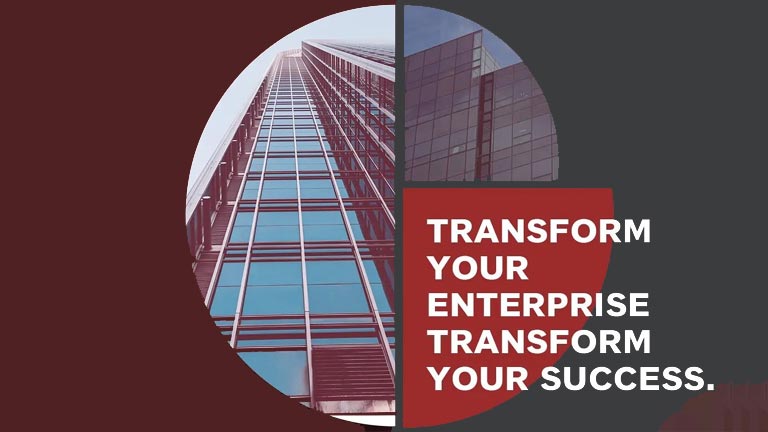
Your organization must be able to adjust to the current trend through an agile transformation because any establishment that refuses to employ the use of modern methods will be left behind. Enterprise agile transformation involves adopting agile principles and practices throughout the enterprise. It involves a shift from traditional to agile methodology, such that the organization becomes more flexible, responsive, and adaptive to the changing dynamics of the market and customers’ needs. This article provides a step-by-step guide on how to attain progress during your agile transformation journey. Each step is properly discussed below, so continue reading to learn more!
From Traditional To Agile: A Step-By-Step Guide To Enterprise Transformation
1. Adopt and Facilitate the Agile Mindset
After understanding the need for a shift, your enterprise needs to adopt the agile mindset. An agility mindset refers to a set of beliefs that accepts agility as a work methodology. So, for your establishment to adopt the agility mindset, you must embrace values like leadership support, customer feedback, team empowerment, collaboration, etc.
2. Understand the Need for a Shift
The first step in enterprise agile transformation is for you to understand the need for a shift in your establishment. Your organization may need a shift if you discover that the traditional methods you have been using are not yielding desirable results like meeting customers’ needs. You might also need a shift due to the constant changes in business dynamics.
3. Prepare Results that Align with Your Vision
During this stage, your establishment develops a clear vision and an outcome that aligns. You must also identify agility tools that will ensure the realization of the vision. By doing this, you can anticipate specific, potential challenges and prepare solutions.
4. Have a Functional Team
To effectively attain agility transformation in your enterprise, you must have a functional team that consists of experts with complementary skills so that they can work together to achieve a common goal; agility transformation. When you build a functional team, you must define the team’s purpose, identify the required skill and experience, establish effective communication channels, provide necessary resources, and promote teamwork.
5. Monitor and Measure Progress
This step involves developing metrics and key performance indicators (KPIs), as well as, establishing targets for each metric in your enterprise. However, the metrics, KPIs, and targets must align with the business’s vision and agility methods.
6. Continuous and Consistent Improvement
When you focus on constant improvement, your company will be able to respond speedily to shifts in the business environment. By constant improvements in your establishment, you can achieve long-lasting progress as efforts are always being made to improve, and problems are anticipated and readily solved.
Conclusion
The transition from traditional to agile methodology is a vital process for every ambitious enterprise. Although you might find it stressful to manage, your establishment will benefit from improved productivity, enhanced customer value, and better adaptability, alongside other advantages. By following the agile transformation guide outlined in this article, businesses can navigate the transformation journey successfully.




